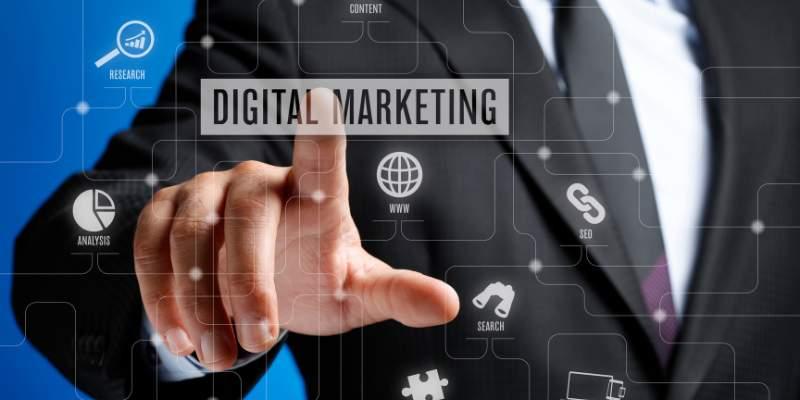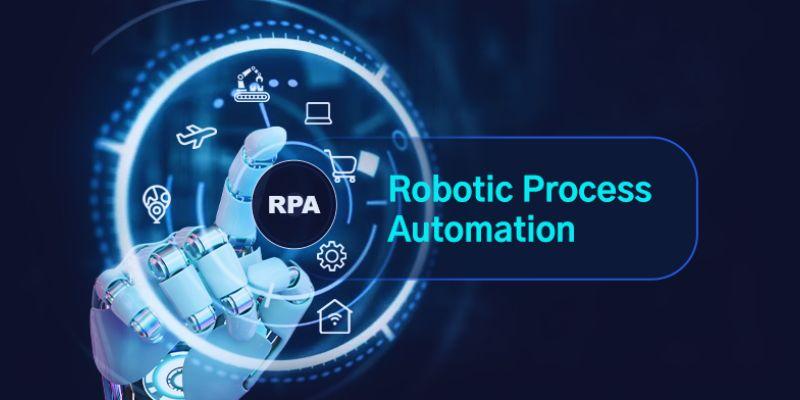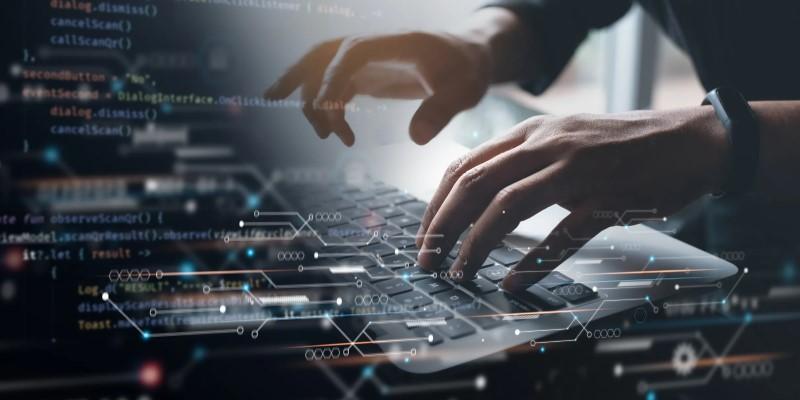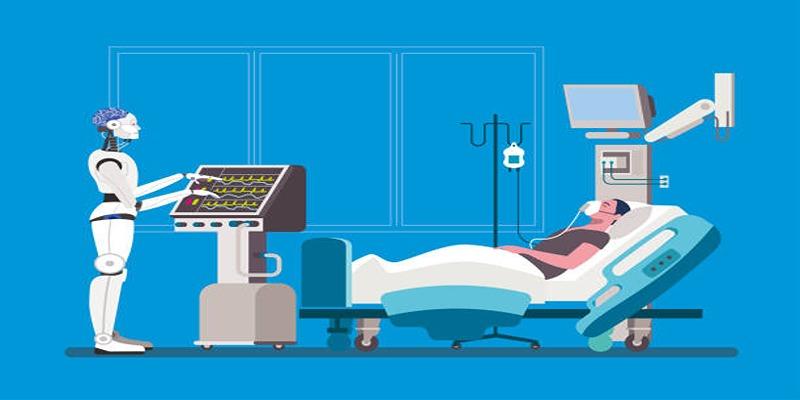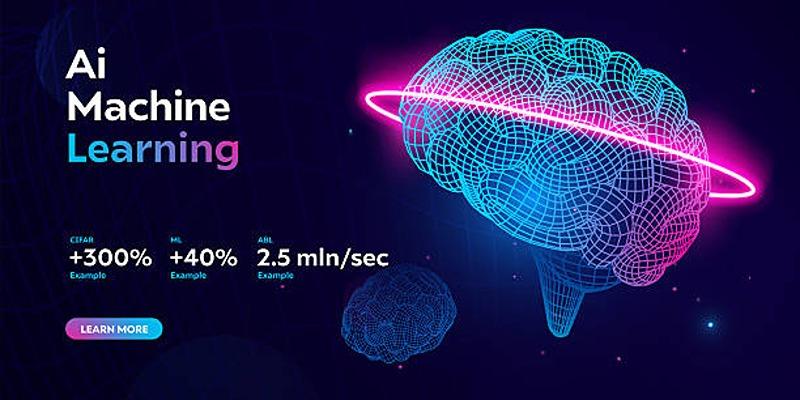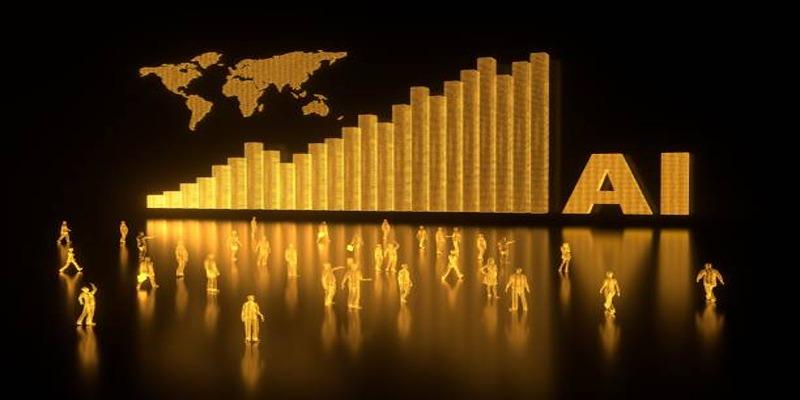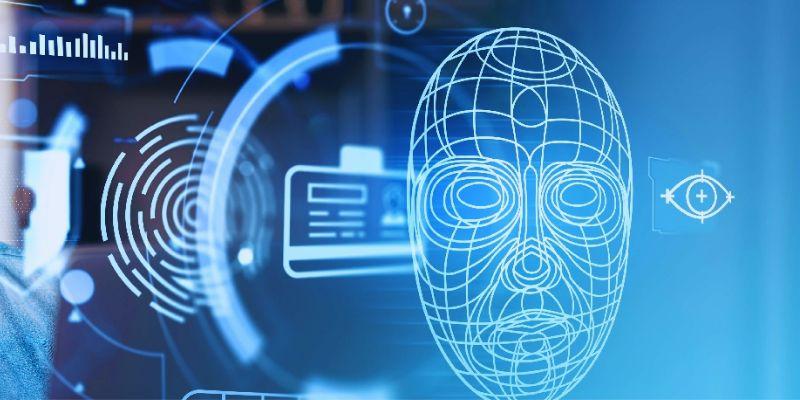Facial recognition is revolutionizing how businesses and governments manage identity in everyday operations. Organizations now use facial recognition systems to enhance safety and streamline access control. These tools are faster, more intelligent, and harder to bypass than traditional passwords or ID badges. Biometric authentication has become essential for accessing secure buildings, using devices, and interacting with digital services.
Unlike physical credentials, facial data is unique and nearly impossible to replicate. These fast and reliable systems are widely used in hospitals, banks, airports, and corporate offices. As security threats grow, so does the demand for accurate and contactless identity verification. Digital identity tools offer immediate results, making facial recognition not just a convenience but a necessity in today’s high-security environments.
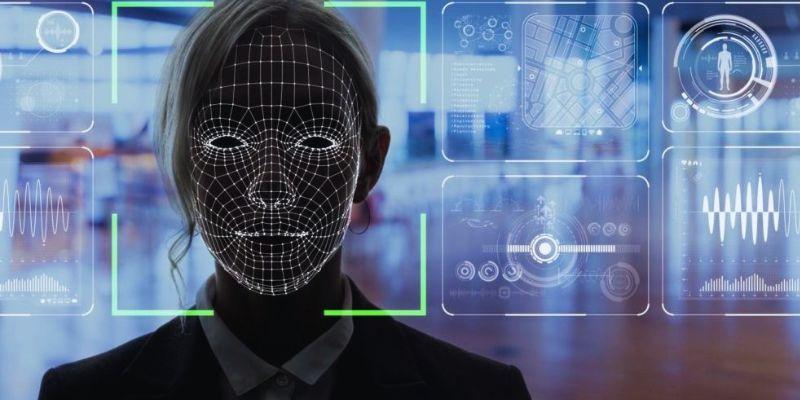
Facial Recognition Boosts Secure Entry in Sensitive Areas
Facial recognition is enhancing access to secure areas, including airports and offices. For identity checks, several businesses no longer use old-fashioned keycards or fingerprints. Systems for facial recognition security enable staff to walk through doors without touching any surfaces. By scanning distinctive face characteristics, these systems instantly confirm a person’s identity using clever cameras. Accuracy is excellent, therefore lowering the chances of illicit access by strangers or attackers. Healthcare facilities use similar technologies to restrict access to vital units and medicine storage.
Financial organizations rely on facial scans to grant entry only to authorized users into server rooms or data vaults. Airports limit lengthy queues by employing biometric authentication for boarding and check-in admission. Even smart homes today have face-based access for friends and families. These tools are touchless, quick, and easy, which is why customers like them. Businesses increasingly use face-based verification systems as demand for enhanced access control grows. More industries are using face-based verification systems as the need for more robust access control grows.
Identity Verification Becomes Faster and More Accurate
The way people verify their identities in both public and private systems is evolving due to the emergence of digital identity verification tools. By examining unique facial patterns that are difficult to replicate, facial recognition increases accuracy. Face data reduces security risks because it is impossible to guess or forget, unlike passwords. AI-powered facial recognition engines enable real-time verification, frequently in a matter of seconds. These tools exhibit remarkable consistency in adapting to changes in lighting, angles, and age.
These days, financial institutions use mobile banking apps to remotely verify clients by scanning their faces. Facial data is used in online tests to verify the identity of students and stop cheating on proctored exams. Government organizations also use this technology to verify voters at polling places and issue digital IDs. It is used by law enforcement to locate missing people in vast databases and identify suspects. Biometric systems outperform conventional validation techniques in situations where speed and accuracy are top priorities for organizations.
Biometric Authentication Reduces Fraud Across Industries:
In the current digital landscape, fraud remains a significant concern for banks, retailers, and healthcare institutions. By limiting access to sensitive systems and resources to verified users, facial recognition helps prevent fraud. Access using biometric authentication prevents imposters from using stolen credentials or phony identification. Customers use facial scans on mobile banking apps to verify their identity before making significant transactions. At the time of check-in, hospitals also match faces to electronic health records to prevent patient misidentification.
Retailers utilize face-based systems that notify employees of individuals with a history of theft, enabling them to monitor their stores effectively. Insurance companies use biometric information to verify that claim submissions correspond to actual policyholders. Even online platforms use facial recognition to verify users’ identities before creating accounts. Fraud attempts decrease dramatically because faces are more difficult to replicate than typed data. Adopting cutting-edge biometric security infrastructure now helps organizations save time, money, and maintain a positive reputation.
Public Safety and Law Enforcement Applications Expand
For fast and accurate identification, law enforcement organizations worldwide are increasingly using facial recognition technology. In just a few seconds, officers can compare surveillance footage with criminal databases using digital identity verification tools. Faster arrests, safer streets, and speedier public safety case resolution are all made possible by this. Placed in public areas, cameras covertly scan faces and alert authorities when they find matches. In crowded places like shopping malls or train stations, police can also spot missing children or people who are in danger.
To process travelers quickly and accurately, border control officers rely on facial recognition technology. Many international airports and border checkpoints now require biometric authentication for entry. During field operations, authorities also use mobile face scanners to verify identities instantly. These tools help stop crimes before they happen and expedite investigations. Face recognition technology improves community safety and national security when it is widely used.
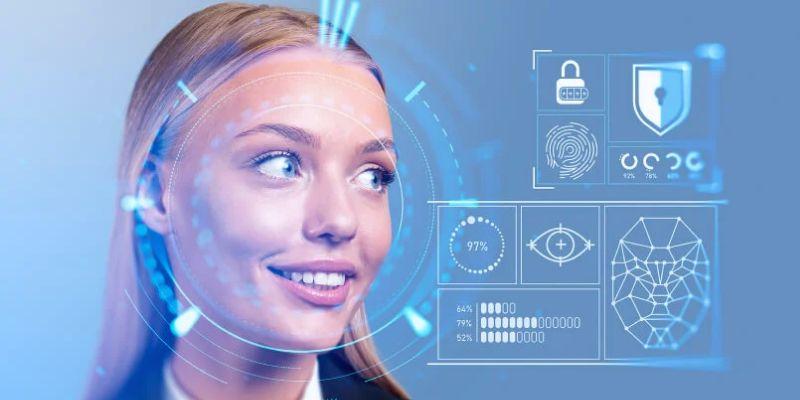
User Convenience Drives Global Adoption of Biometrics
Both employees and consumers are adopting facial recognition because it provides convenience without sacrificing security. Users can now gain access without needing to touch devices, carry ID cards, or remember passwords. These days, banking apps authorize payments after a brief facial scan, and smartphones can be unlocked with a glance. Check-in desks and fingerprint readers are being replaced by facial recognition security systems in offices. When biometric gates scan faces during boarding rather than passports, travel becomes more seamless.
Hospital patients utilize digital identity verification tools linked to their medical records to check in more efficiently. AI-powered cameras installed at entrances to public buildings also facilitate easy access. Positive experiences increase confidence in biometric systems, and quicker access promotes greater use. Only biometrics can effectively provide the faster, contactless, and secure identity validation that people desire. Global industries continue to integrate facial recognition into their everyday operations to meet the demands of modern users as expectations rise.
Conclusion:
Facial recognition technology is transforming identity verification by making it faster, safer, and more efficient. To enhance both speed and security, governments and businesses increasingly depend on biometric authentication for access control. Today, facial recognition systems are integral to both digital and physical infrastructures worldwide. Beyond reducing fraud, these tools deliver unmatched accuracy and real-time results. Biometrics eliminate the need for physical contact or passwords, making them the future of secure identity validation. One thing is clear: driven by global demand, biometric systems are here to stay and will continue to shape the future of security.


